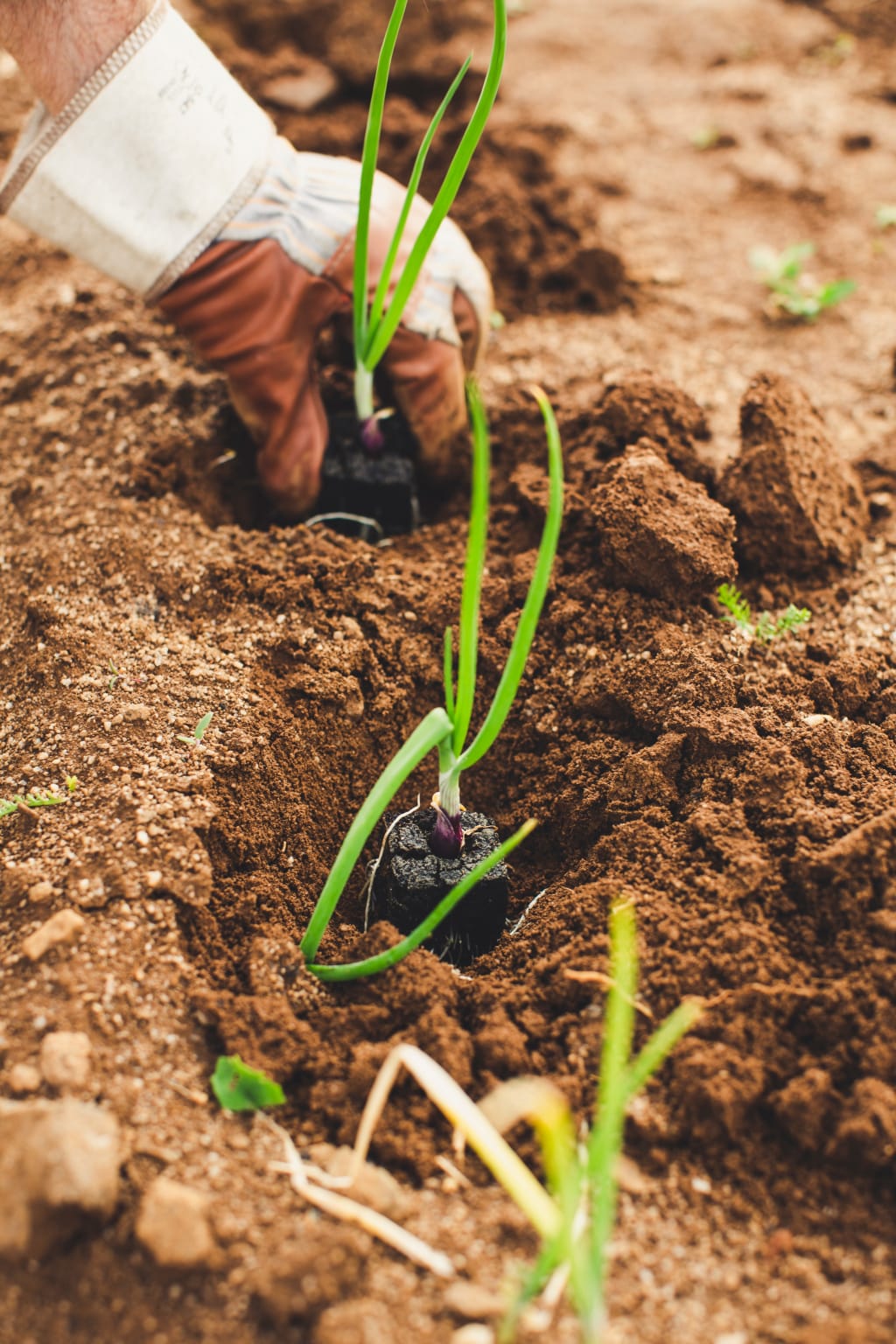Data Analytics in Agriculture - Benefits and Challenges
How Data Analytics is Transforming Agriculture?

Agriculture is undergoing a huge transformation in data collection and use to make informed decisions. Today data analytics offers a larger potential to completely transform the agricultural sector by providing the agribusinesses and farmers with data-based insights needed to make informed decisions. Data analytics in agriculture is commonly referred to as precision agriculture. The agricultural sector can optimize operations, improve efficiency, and reduce costs by analyzing data based on soil composition, crop yields, weather patterns, resource usage, and more. Leveraging data analytics to optimize each step in the agricultural lifecycle can result in cost-effective and efficient crop selection, cultivation methods, harvesting and supply chain management methods.
With this article, I’ll try to focus on the benefits of data analytics in the agricultural sector and its associated challenges.
Benefits Of Using Data Analytics In Agriculture:-
- Improved crop management: Data analytics can help make informed decisions regarding the type of crops that can be sowed and grown. It can help choose the strain best suited to the atmospheric conditions, soil type and weather patterns in that area to ensure a good yield and profitable harvest. Data analytics helps select hybrid varieties or breeds most suitable to the soil and climatic conditions, helping reduce spoilage and damage due to pests and disease.
- Better risk assessment: Risk of crop failure, bad monsoon, changing weather conditions, natural calamities, and pest infestation can lead to reduced yields and losses. Data analytics and cloud computing can provide a way to forecast and manage the risks at every stage of the crop lifecycle. It can project a roadmap to help the agribusiness or framers plan the journey from crop selection to distribution. Risk assessment can help predict an increase or decrease in the value of the commodity and issues in the supply chain.
- Supply chain efficiency: Using data analytics, the agriculture industry has predictable information regarding market conditions, consumer behavior, inflation, and other variables. It lets them plan the process from sowing to selling the goods, helping them maximize the returns and mitigate any risks or losses.
- Efficient use of resources: Data analytics enables the agriculture industry to optimize resources like water, pesticides and fertilizer. Analysis of soil data can give information on soil moisture which can help make informed decisions regarding watering crops, reducing water wastage and improving efficiency. Data analytics can be used to monitor the use of pesticides and fertilizer and follow regulations and compliance in using these products.
- Increasing food production and quality: The agriculture industry can use data analytics to track critical information related to metrics such as water cycles, rainfall patterns, crop requirements, fertilizer usage and more. Information gleaned from data can help in deciding which crops should be planted, the timing of crop plantation and even the area that is best suited to specific crops.
Challenges In Using Data Analytics In Agriculture:-
- Funding: Collection and managing big data and generating analytics are expensive because of the volume and variability of data. While investments from private, public, or government sectors can help develop data analytic systems for agriculture, issues like data ownership have to be resolved to ensure the integrity of such data systems.
- Data science: The very nature of data science is accidental, and for data analytics to work wonders, enough time must be given to big data for investments to pay off. Agricultural industry players must be ready for massive, long-term investments that can help facilitate growth.
- Data Quality: It can be a big concern in agriculture as the data gathering may not be standardized and unstructured. Data quality can also suffer because of environmental factors such as weather patterns, soil conditions etc. Quality and accuracy of data are key to data analytics output.
- Interoperability standards: Data interoperability is vital to ensure that data systems can be widely used. This primary focus area in the 2018 CGIAR (formerly the Consulting Group for International Agricultural Research) convention for Big Data was strengthening data ontologies for agricultural research. A set of standards known as AGROVOC have been set up by CGIAR, which encourages interoperability as it covers over 35,000 concepts in almost 30 languages.
- Data privacy: Data privacy and security are a matter of prime concern for the agriculture industry. Sensitive information regarding crops, crop yields, resources and much more are collected and stored for processing. Data privacy is essential to maintain the trust of the agricultural industry, including farmers.
In conclusion
Digital transformation using data analytics has the potential to transform the agricultural industry. The benefits can help optimize operations, reduce costs, improve efficiency, increase yields, and more. But adopting emerging technologies like big data and data analytics is also fraught with issues that must be dealt with to reap its benefits. Evolving technologies like data analytics will significantly impact the future of agriculture. Modern agricultural businesses can implement such technologies by discussing their requirements with a professional data analytics services and solutions company.
About the Creator
Ryan Williamson
A professional & security-oriented programmer having more than 6 years of experience in designing, implementing, testing & supporting mobile apps developed. Being techno geek, I love to read & share about the latest updates in technology.
Enjoyed the story? Support the Creator.
Subscribe for free to receive all their stories in your feed. You could also pledge your support or give them a one-off tip, letting them know you appreciate their work.






Comments
There are no comments for this story
Be the first to respond and start the conversation.